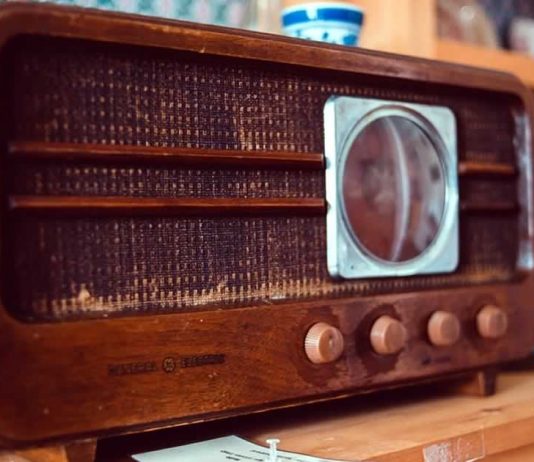In the era of instant information and music streaming, Radio is still one of the strongest communication channels to date. It’s interesting to note that this year, we celebrate the 120th anniversary of the first transoceanic radio transmission. Guglielmo Marconi, who is often credited as the inventor of Radio, created what he called “the wireless telegraph” while living in his parents’ attic back in 1895. The patency was hugely debated over the ’40s against Nikola Tesla.
During its inception, radio technology was limited to communication with ships in case of an emergency. However, a lot of things have changed since then. New technology has made Radio more of a social channel to draw the audience closer than ever. Today, people listen to the Radio on the internet (learn more here), the radio-twitter and radio-TikTok binomial is quite strong and increasing by the minute. Below is an overview of the timeline of Radio;
BEFORE 1920
The evolution of the Radio is a fascinating one that changed how the world connects and communicates. Before the 1920s, communication via Radio was not so clear; hence the operators depended on the use of Morse code messages. This was essential and quite useful in contacting ships that were out at sea.
WORLD WAR I
With World War I, the importance of Radio became apparent. The military exclusively used it for operations, and it became an invaluable tool for sending and receiving messages. Following the war, civilians began to purchase radios for private use. Radio became a source of entertainment, and gathering in front of the Radio was a common occurrence. Across the U.S and Europe, several small stations began transmitting using technologies that had been developed during the war. The technology needed a radio transmitter and receiver that was relatively simple to make. Some amateur households began making their own home-built radio receivers, which caused a huge problem to manufacturers who were already selling pre-made units.
WORLD WAR II
During World War II, the way Radio was used changed the world. With the help of journalists, Radio relayed news of the war to the public. The government also used Radio as a rallying source to gain public support for the war. After the war, radio stations began to focus more on playing the music of the time. Music and Radio continued to grow until the two became synonymous with one another. FM radio stations began to overtake the AM stations as new genres of music began to emerge.
THE PRESENT
To date, Radio has greatly transformed society. It’s hard to come around anyone who has not used or seen a radio during his or her life. Radio has become this huge technological device that has helped provide entertainment as well as communication throughout different cultures. Although early network programming focused mainly on music, it soon developed to include other programs such as talk shows. Today, traditional Radio has become a thing of the past giving birth to an entire field of electronics. The Radio has become a common household fixture and continues to steadily evolve to keep up with the current technology. Wireless technology made what Radio is today. Short-range and handheld types of radios are widespread in the market for improved communication.
